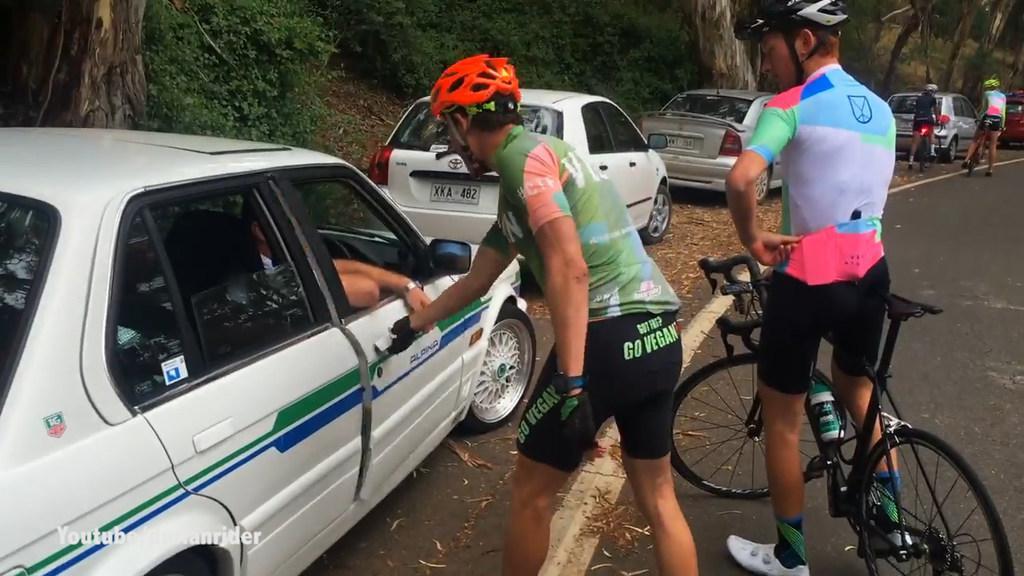Where you’ll find Adelaide’s busiest bikeway: Results in from a survey showing most-used cycle routes
THE count’s been done and the results are in – there’s one cycling route in suburban Adelaide that is officially busier than any other. Is it yours?

TELL US BELOW: Which cycle routes are most in need of work?
- Here are 25 of the best spots to walk, ride a bike across Adelaide
- Why Graham Cornes think cyclists need to change
- Cyclists have right of way over cars Rugby/Porter St bikeway in Unley
THE Rugby/Porter St bikeway is Adelaide’s busiest suburban cycling route, a new survey has found.
More than 420 people were counted pedalling through Parkside between 7am and 9am during a single-day survey of the city’s bike paths on March 14.
The number of cyclists using the route — which runs between Greenhill and Cross roads — has jumped from 140 in 2010.
It reached record levels after the State Government installed traffic lights at the Porter St/Greenhill Rd intersection last October.
The route was far more popular than the city’s other suburban bikeways, with 230 cyclists spotted on Beulah Rd, in Norwood and just 56 on Braund Ave in Fitzroy, according to the Adelaide City Council survey.
Earlier this year, the HillsValley Messenger reported on concerns about Unley Council’s efforts to encourage more cyclists to use Rugby/Porter St, with residents and some elected members fearing it would spur “irresponsible” riding.
Bicycle Institute of South Australia committee member Ian Radbone said the Rugby/Porter St bikeway was popular with CBD workers because it linked with the Frome St bikeway.

Mr Radbone, who analysed the survey results on behalf of the City Council, noted female cyclists accounted for more than half the riders using the route — almost double the proportion on other paths. “If you have a quiet route with safe crossings then cyclists will use it,” Mr Radbone said.

The City Council has conducted a single-day count of the city’s major bikeways — known as the Super Tuesday Count — to monitor trends in cycling since 2009.
The 2017 survey recorded a 1.5 per cent drop in cyclists, which Mr Radbone attributed to the temporary closure of bike paths for the O-Bahn tunnel project and a decrease in the number of people working in the city.


